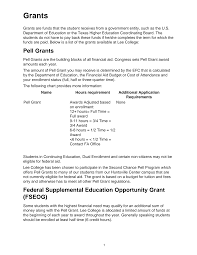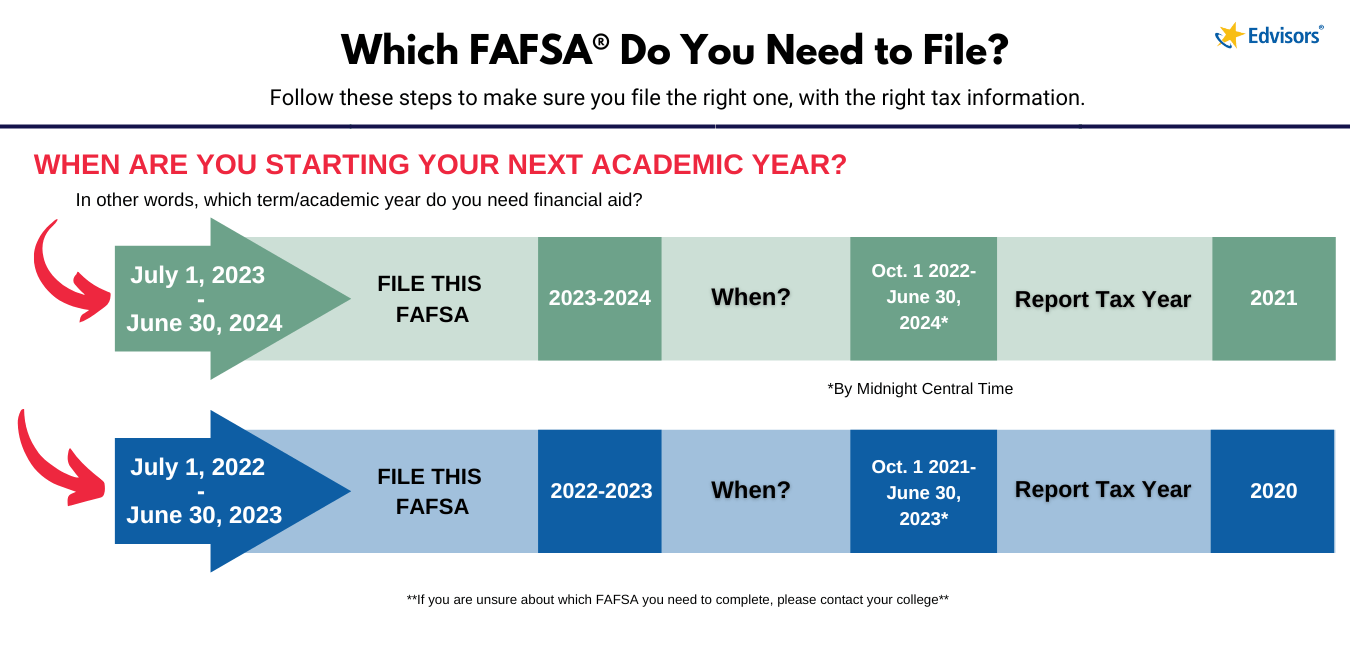
Coding is similar to learning a language or a set of scripts that follow the same rules but are very different. Some say that coding is our digital age's DNA. Every website, every mobile app, every computer program, and every kitchen appliance rely on coding for their functionality. Coders play a significant role in shaping the modern world. To learn more, read this article.
Scripting
A program can be automated using both scripting and code. A script can be used to automate many functions such as sending text messages or emptying recycling bins. Programs can also be accessed directly through scripting languages. These languages allow websites to respond to user input using a variety of methods, including direct commands and clicking buttons. A script is usually written by a programmer. It runs in a browser program.
Both scripting as well as coding are crucial to the development process. However both languages have their strengths and weaknesses. Most programming languages require some level or technical expertise to be able to complete certain tasks. Scripts, while small and powerful, are often a useful piece of code. They are usually used to automate certain tasks within the main program. You can read more about scripting to help you decide which one to choose. Once you have a basic understanding of both, you'll be well on your way to automating your workflow.

Text-based code
Many teachers begin their teaching career with block-based codes. However, there are many reasons to make the transition to text-based. Text-based coding gives students the opportunity to practice a variety of skills, develop critical thinking, and build foundational knowledge. For beginners it can be challenging, but it is worthwhile to equip them with the tools to succeed. Here are five ways to help your students succeed with text-based coding.
The first major advantage of text-based coding is its ability to be taught to young children, who lack fully developed psychomotor skills and are unfamiliar with keyboards. Text-based coding languages can also be learned quickly by young children, so even beginners can become quite proficient using them. If the coding fan is truly passionate, they may wish to pursue language-based coding. For later, it is helpful to be able to use text-based coding to command a machine.
Correction of errors
Coding (or error correction) is the process by which errors are checked before data can be transmitted and corrected if necessary. Similar to parity checking, error-correction coding is increasingly used in network transmission hardware and data storage systems. The code-specific bits are stored with data. Additional bits can be used to store code. The system logs errors and attempts to find the source.
Parity is a process that identifies errors in data and allows error-correcting codes to use it. To identify errors, an outer code uses the parity bits. This process requires a set of parity bits which varies with information bits. Hamming codes use the relationship between redundancy bits, data bits, to detect errors in data transmission. This method can also be used for digital signals. A technique known as parity can be used to improve error correction rates by reducing errors.

Experimentation
What is better: Coding or experimentation when writing code? Experimentation can be a great way to get your creative juices flowing, but it can also help you understand and classify what you read in the books. There are many ways to learn coding: from books, online courses, or a degree in computer science. The fact is, most programmers have varying opinions on which is best. Some programmers are more inclined to experiment with code.
In the above example, an input called “RT” is used to open a form. This hidden input is usually hidden but it's shown at the bottom of this demo. The form can contain either a datafile, or a string with datavalues. The main experiment window opens full-screen after clicking the submit button. After the main experiment window finishes, data is returned to the parent windows. You can send data to servers by using a submit button, for example.
FAQ
What are the types of early child education?
There are many ways to describe early childhood education. Here are some of the most commonly used ones:
-
Preschool - Children ages 2 to 5
-
PreKindergarten for children aged 4-6
-
Head Start/Headstart for Children Ages 0-3
-
Day Care/ Daycares- Children aged 0-5
-
Child Care Centres - Children from 0-18 Years
-
Family Child Care – Children aged 0-12
-
Home schooling - Children aged KG to 16.
Are there special skills required to work in my chosen field?
Writing skills are essential for lawyers. To be a nurse you need to be able communicate with patients. To become an accountant, you will need strong math skills. These are just a few examples. You are probably already passionate about many things. What type of job would allow you to do these things again? If you want to be an engineer, you'll need to learn how to design structures and machines. Basic math is essential to be successful in this field. Understanding statistics and numbers is essential to success in business. If you want to pursue a career as a teacher, you'll need good communication skills. You'll need to be able to teach others and help them learn.
What is the average salary of a teacher in early childhood education? (earning potential)
The median salary for early childhood teachers is $45,000 per calendar year.
There are however areas where salaries are higher than the average. Teachers in large urban schools receive higher salaries than teachers in rural schools.
Salaries also depend on factors such as the district's size and whether or not a teacher has a master's or doctorate.
Teachers are often paid less than other college graduates, simply because they have little experience. But their earnings can rise significantly over time.
What is the difference between public and private schools?
All students can attend the public school for no cost. They offer education for kindergarten through high school. Private schools charge tuition fees for each student. They offer education from preschool until college.
There are also charter schools, which are publicly funded but privately run. Charter schools don't use traditional curricula. Charter schools allow their students to explore what interests them.
Charter schools are very popular with parents who believe that all children should have equal access to education, regardless of their financial circumstances.
To become an early-childhood educator, do you need to go to college?
However, you may want to think about going to college in order to be prepared for a career in the field.
It is important that you realize that being a teacher can be difficult. Each year there are many applicants that are not accepted into programs. A lot of people leave college after just one semester.
To become a teacher, you must also meet certain qualifications.
How do I select my major?
Students choose their majors depending on their interests. Students may choose to major in the subject they are most passionate about because it is easier than learning something else. Others wish to pursue a career that is not available. Some students choose a major in order to earn money. No matter your reasons for choosing a major, you should consider the type of job that you might be interested in after you graduate.
There are many methods to learn more about the different fields of study. Talk to your family and friends about their experiences. Look through newspapers and magazines to find out what careers are available. Talk to a guidance counselor at high school about possible career paths. Visit Career Services at the local library or community centre. You can borrow books about various topics from the public library. You can search the Internet for information about specific careers.
Statistics
- They are also 25% more likely to graduate from high school and have higher math and reading scores, with fewer behavioral problems,” according to research at the University of Tennessee. (habitatbroward.org)
- And, within ten years of graduation, 44.1 percent of 1993 humanities graduates had written to public officials, compared to 30.1 percent of STEM majors. (bostonreview.net)
- Think of the rhetorical power of nineteenth-century abolitionist Harriet Beecher Stowe, Martin Luther King, Jr., or Occupy Wall Street activists with their rallying cry of “we are the 99 percent.” (bostonreview.net)
- In most developed countries, a high proportion of the population (up to 50%) now enters higher education at some time in their lives. (en.wikipedia.org)
- “Children of homeowners are 116% more likely to graduate from college than children of renters of the same age, race, and income. (habitatbroward.org)
External Links
How To
How do I apply for scholarships?
Apply for scholarship funding first. You must meet certain criteria to be eligible for scholarships.
You can, for example, be granted a grant if the applicant is economically disabled. A vocational training course is eligible to be considered for a work study program. A grant can also be granted if you are part of a minority community.
Once you have decided if you are eligible, you can begin applying.
Online, in-person, or by phone, you can apply. The type of scholarship will determine the application process.
You may be required to write essays on yourself and the reasons you are applying for scholarships. Others will ask questions such "Why did you choose this degree?"
Many scholarships require that you fill out an application and submit supporting materials.
Your scholarship provider will evaluate the information you supply. If you are selected for a scholarship, you will be notified electronically or by mail.
Even if your application is not accepted, you may still be eligible to receive a scholarship. Contact your scholarship provider for details.